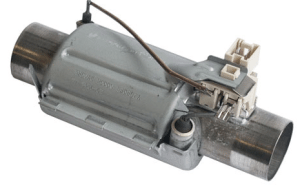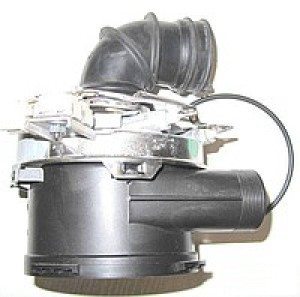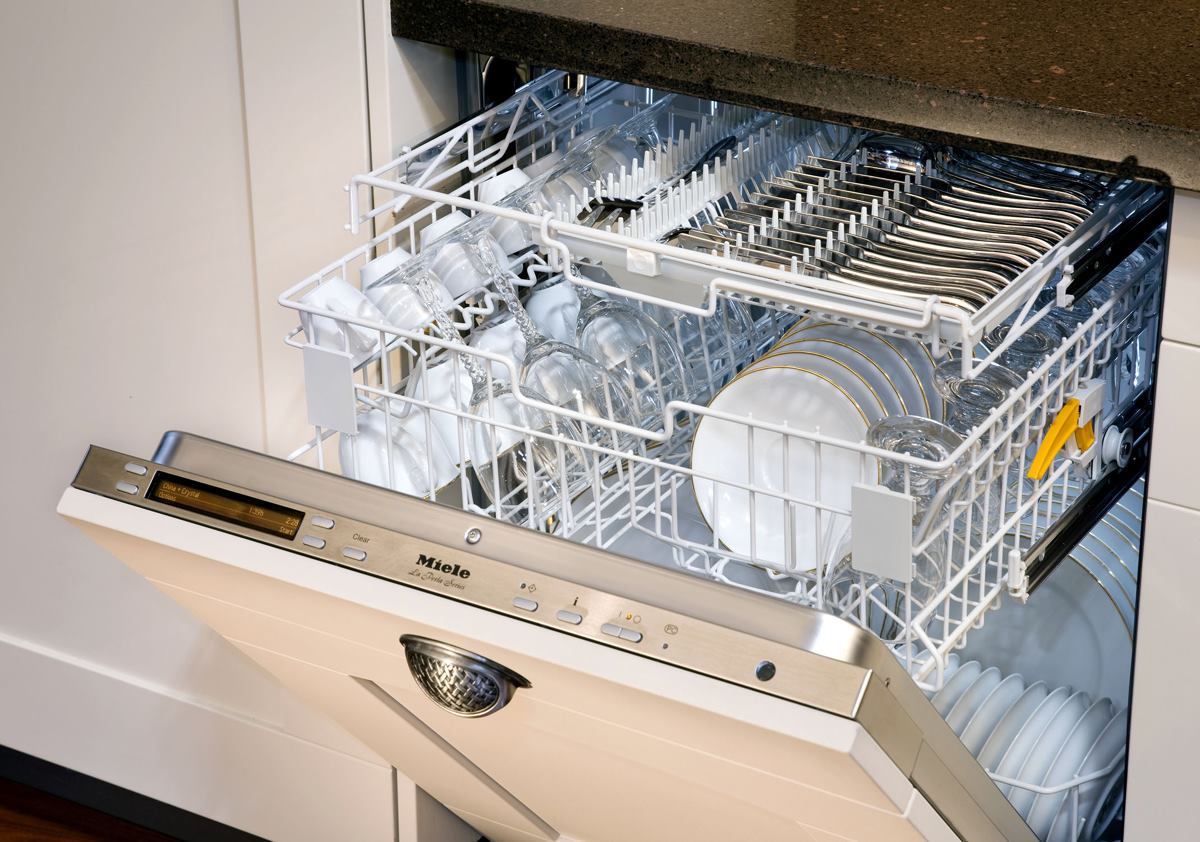Replacing the heating element in a dishwasher
 The structure of a dishwasher and a washing machine are similar, but if you make a detailed comparison, it turns out that the “dishwasher” is simpler. Despite this, it has to be repaired just like other household appliances. Here, depending on your luck, she can work for ten years and never break down, or she can work for a year and start being capricious. In the article we will talk about replacing the dishwasher heating element, what is needed to carry out the work, how to get to the faulty part, and how to even understand whether it needs to be replaced.
The structure of a dishwasher and a washing machine are similar, but if you make a detailed comparison, it turns out that the “dishwasher” is simpler. Despite this, it has to be repaired just like other household appliances. Here, depending on your luck, she can work for ten years and never break down, or she can work for a year and start being capricious. In the article we will talk about replacing the dishwasher heating element, what is needed to carry out the work, how to get to the faulty part, and how to even understand whether it needs to be replaced.
How do you know when it's time to change the heating element?
Modern dishwashers are equipped with an electronic self-diagnosis system. If a malfunction occurs with one or another element, the system will generate an error with a specific alphabetic and digital code. In a number of cases, problems arise with water heating, but the system does not display any errors. This is where you need to turn on your head, not let the problem take its course and start finding out what the reason is. Let's do prevention.
- Let's turn the dishwasher upside down.
- Remove the back wall (if the machine is not built-in) or disconnect the bottom panel (if the machine is built-in). The bottom panel is removed like this: disconnect the drain pipe from the heating block, and then pull the entire panel towards you, and it will come off.
Important! There is no need to pull out the panel all the way, and it won’t be possible without unscrewing the fasteners inside the machine body. Our task is to get to the temperature sensor, which will be located right at the top of the heating block.
- We check the sensor visually and using a multimeter. Pay special attention to wiring and contacts.There should be no traces of burning or melting.
- If the sensor is working properly and there are no signs of burning, you will have to disassemble the Bosch, Electrolux or Indesit dishwasher further, and at the same time think about replacing the heating element.
What will be required to produce a replacement?
Each of the parts, including heating elements, of Bosch, Electrolux or Indesit dishwashers is replaced entirely. Repairing them is very difficult, to say the least, impossible, especially on your own without the involvement of a specialist. Therefore, it is most reasonable to remove and throw away the broken part and install a new one. If we adhere to this principle of work, then we will not need any special tools, however, prepare:
- two screwdrivers - flat and Phillips;
- multimeter;
- pliers;
- awl.
 Among the components, we will need an assembled heating block and possibly a temperature sensor separately. On Bosch, Electrolux or Indesit dishwashers, the temperature sensor is removable. Don't rush to buy components. Experts advise that you first be 100% sure that the heating element is faulty, and only then replace it. The fact is that on dishwashers Bosch, Electrolux or Indesit heating element cannot be changed separately from the heating block. The exception is some models, which we will talk about in more detail.
Among the components, we will need an assembled heating block and possibly a temperature sensor separately. On Bosch, Electrolux or Indesit dishwashers, the temperature sensor is removable. Don't rush to buy components. Experts advise that you first be 100% sure that the heating element is faulty, and only then replace it. The fact is that on dishwashers Bosch, Electrolux or Indesit heating element cannot be changed separately from the heating block. The exception is some models, which we will talk about in more detail.
The heating block consists of a plastic housing with outlets for pipes and outputs for sensors. If there are no fasteners on the plastic case that would indicate that it is dismountable, then it will not be possible to pull out and change the heating element separately. If the heating block is collapsible, then you can disassemble it and remove the burnt heating element, and put a new one in its place.
Important! A non-separable heating block with heating element for a Bosch dishwasher can cost $30-100, depending on the model, heating element for Electrolux - $35-40, heating element for Indesit - $25-35.
Changing the heating element: step-by-step instructions
If you are sure that the heating element has burned out and the water in the Bosch, Electrolux or Indesit dishwasher does not heat up for this very reason, then you need to purchase an original spare part and proceed with replacement. It’s not a sin to simultaneously calculate the economic feasibility of repairs. If, for example, the dishwasher is already old and its “red price” is $70 thousand, then what is the point of buying a flow-through heating element for the same money? but of course you know better. Let's start replacing the heating element in the dishwasher.
- To replace the dishwasher's flow-through heating element, first open the hopper door and remove the dishwasher trays out of the way.
- Disconnect the “dishwasher” from the network and unscrew all the hoses.
- There is a plastic spray arm inside the dishwasher at the very bottom; remove it by pulling it up.
- Next, we unscrew a kind of plastic glass located nearby - this is a filter.
- We lift and put aside the stainless steel mesh.
- Unscrew the five screws holding the pipe and the flow-through heating block.
- Now let's turn the dishwasher upside down.
- Unscrew the back wall or pull out the bottom panel (this was discussed above).
- The flow-through heating element is connected to the pump on the side. Grab it with your hands and turn it half a turn clockwise, and then pull it to the side, the pump will be in your hands. Disconnect the sensor and move the pump aside.
- The flow-through heating element from below is held in place by a rubber fastener.Reach under the plastic housing and disconnect this element.
- Disconnect the sensor plugs and pipes, and then remove the burnt heating element and put a new one in its place. Reassemble the dishwasher in reverse order.
As you can see, replacing the heating element is not a difficult task. Even if you come across some nuances along the way, you will easily figure it out. Somewhere you will have to pick up a plastic clamp with an awl (if you damage it, you will need to replace it). Somewhere to grab a pipe that doesn’t want to come off with pliers is a small matter, the main thing is to act carefully, do not damage the fragile plastic parts, because their cost is now prohibitive. We hope that replacing the dishwasher heating element yourself will be successful, we wish you success in this matter!
Interesting:
Reader comments
- Share your opinion - leave a comment





















Add a comment